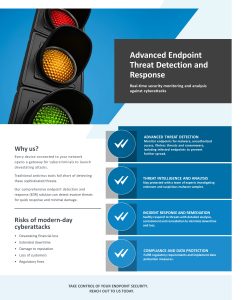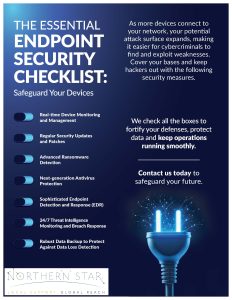
With the state of the environment, moving towards a paperless office is a seriously wise decision. Resources are, after all, constantly diminishing and electing to go with hard copies could prove wholly undesirable from an economic perspective.
But, the environment aside, going paperless just makes sense. From a productivity viewpoint, a single lost document could cost you half a day and put your ongoing projects under pressure. In addition, you have all of the added storage space to worry about, which is an issue that simply doesn’t exist in a paperless office.
Is It Possible to Go Truly Paperless?
The idea of a 100% paperless office is excellent, but, at this point in time, it is slightly impractical. While we might get to a completely paperless point eventually, as things stand we do need some degree of paper in the office.
Certain industries need to have physical contracts in hand, while others need hard copies of proposals and mock-ups to give to clients at meetings. Of course, there are also the employees who feel that they best develop ideas when they can jot small details down on a page in a random fashion.
While there are digital solutions for these issues, not all companies have the budget to provide these. And, even if they did, there are those team members who simply can’t get past the artificial feeling of, say, a stylus on a pad.
So, a paperless office in its strictest sense might not be the most practical option at present. But, that being said, minimizing the amount of paper in your office offers some definite benefits. So, how do you achieve this? We have a few pointers.
Easy Tips for Creating a Paperless Office
The easiest way to streamline the route to a paperless office is to put the project in the hands of an IT support company. This way, you can easily switch to file-sharing systems like cloud services (which discourage printing) and be sure that you won’t end up minimizing the productivity boost that comes with going paperless.
But, to help you make the transition even smoother, here are some tips for going paperless:
1. Make Printing Inconvenient
The move to a completely paperless office is not going to happen overnight, and you might find that the habit of printing various documents out might be difficult to break in some of your employees. So, to help ingrain the concept of a paperless office, you can make the physical act of printing more difficult.
One way to do this is to limit the amount of printers available around the office. If your employees have printers on their desks, remove them. This will mean that your staff members will have to get up to retrieve printed documents, causing them to think harder before they hit the print button. And, to add effort to the process, you could move the printers away from the central points of your offices, making them even harder to access.
2. Let Your Vendors, Clients, and Service Providers Know of Your Switch
If you still have vendors who send you physical invoices, tell them that your office is going paperless and request that they send electronic invoices in the future. Similarly, inform your clients that you will begin sending through your invoices in electronic form only.
Also, ask your service providers and your bank to issue their bills and statements in electronic form going forward.
3. Scan Your Documents and Contracts
If you have a store room full of old contracts and documents, you need to digitalize those hard copies. If you have a decent scanner, this won’t be difficult. It might require a concerted effort and some time set aside, but it is necessary to make the move to a paperless office.
If you don’t have a scanner, don’t worry, you can still accomplish this task without one. There are numerous apps that essentially turn a smartphone into a scanner. These mobile scanning apps, for example, all have the functionality necessary for your general scanning needs.
4. Use Digital Signatures
You might think that the need to print and sign documents makes it impossible to lessen the amount of paper in your office, but this is a misconception. In fact, according to the E-Sign Act brought about in 2000, there is no need to physically sign documents.
So, instead of printing out pages in order to sign them, use electronic signatures. Here are some of the best e-sign programs on the market today.
5. Move to Digital Fax
Faxing saw its heyday long, long ago. But, still, there are those companies who use this form of communication in their day to day operations. If you are dealing with companies that still require documents to be faxed through, or still send you faxed communication, you might consider switching to digital fax.
Through this technique, fax communications are converted to email. This means that inbound faxes come directly to your inbox, and you can send faxes directly from your computer or mobile device as well.
You can compare some of the best online fax services here. Of course, if you want to take this all the way, you can even remove the need for physical phone handsets by using VOIP.
6. Increase Digital Work-Surfaces
The exchange of documents aside, your office might be printing a lot as a result of your employees needing reference material. If anything needs to be cross-referenced, it is easier to print out the reference instead of constantly switching between open tabs and windows.
A good way to get around this is to provide your employees with multiple displays. If an employee is able to pull up reference material on a second screen, it cancels out the need to print it out.
Going Fully Paperless Is a Moving, Yet Achievable Target
Making the move to a paperless office is not going to happen overnight. As with so many things in life, and in business, reaching your target will take a series of small steps. And, you might have to add different approaches as your business processes naturally evolve over time. But, by incorporating the above tips into your plan, you’re likely to get there quicker.

















